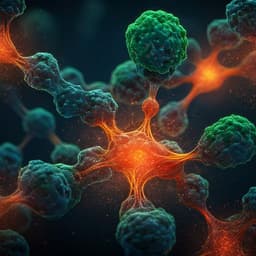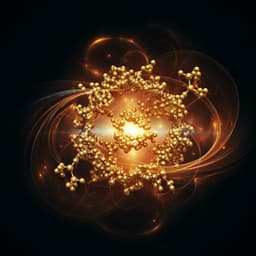
Engineering and Technology
Evolution of defect formation during atomically precise desulfurization of monolayer MoS2
J. Lee, J. H. Kim, et al.
Discover how Jong-Young Lee and colleagues have unveiled the intricate dynamics of defect formation in monolayer MoS2 when exposed to hydrogen plasma. Their findings highlight the delicate balance between material integrity and the introduction of defects, paving the way for advancements in photocatalysis and innovative materials like Janus heterostructures.
Playback language: English
Related Publications
Explore these studies to deepen your understanding of the subject.







